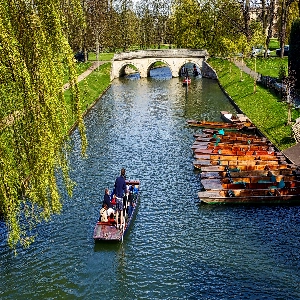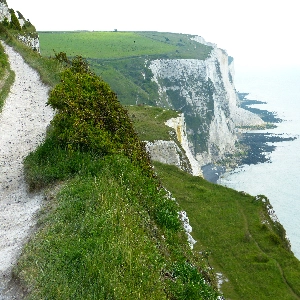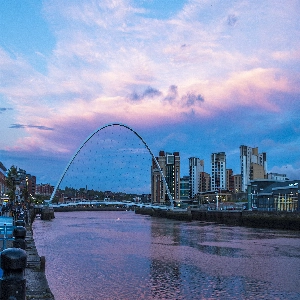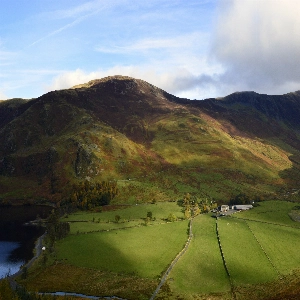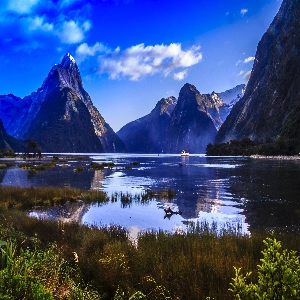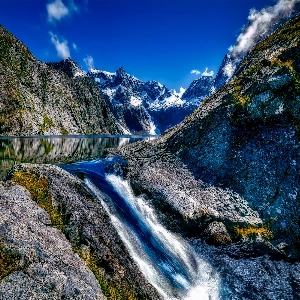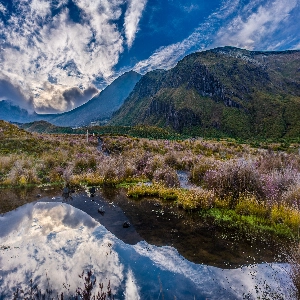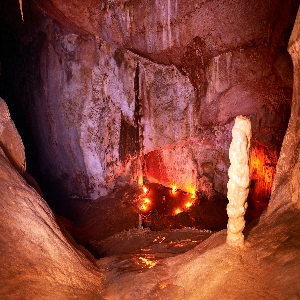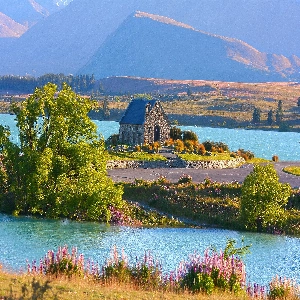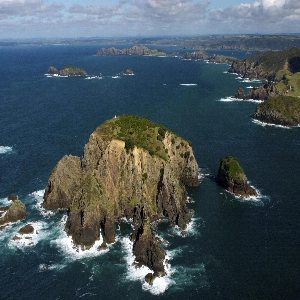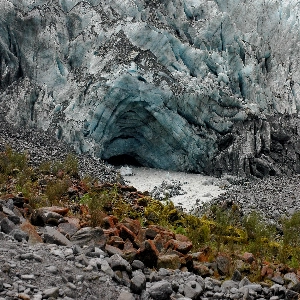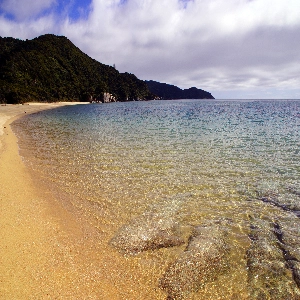Hot Water Beach

A Glimpse into Hot Water Beach: Gateway to a Unique Coastal Experience
Nestled on the stunning east coast of New Zealand’s North Island, Hot Water Beach is an extraordinary marvel that has captivated the hearts of travelers for decades. Each year, countless visitors flock to this spectacular beach to relax, explore and enjoy the inimitable experience of digging up their very own natural spas. Teeming with geothermal hot springs bubbling up from beneath the sandy surface, a visit to Hot Water Beach presents a unique opportunity to indulge in nature’s steaming wonders against a picturesque backdrop.
This remarkable piece of paradise is part of the Coromandel Peninsula, famed for its dramatic coastlines, pristine beaches, and sprawling forests. Hot Water Beach's proximity to other iconic Coromandel attractions, such as Cathedral Cove, highlights the region's immense beauty and diverse natural offerings. In this article, we will take you on a journey through the beauty and experiences Hot Water Beach has to offer, providing insights into its history, how to get there and best practices for making the most of your visit.
A Rich History: The Significance of Hot Water Beach’s Geothermal Hot Springs
Hot Water Beach boasts a storied past that dates back to pre-European settlement. The indigenous Māori people of the area, the Ngāti Hei, held significant cultural and spiritual ties to the geothermal hot springs, known as Te Puia o Whiti or Te Waiariki. Māoris believed that the hot pools were a gift from Hinemoa, the Guardian of Te Whitianga-nui-a-Kupe (Great Mercury Island), and attributed therapeutic and healing properties to the waters. Today, the Ngāti Hei continue to hold guardianship over the land and are committed to preserving its cultural, spiritual and historical values.
The tale of Hot Water Beach's geothermal activity traces back to the region’s underground network of hot springs, which filter into the ocean through two fissures near the shoreline. The hot springs are a result of continuous volcanic activity originating from the Coromandel Volcanic Zone. As rainwater permeates the earth’s surface and reaches the volcanic activity zone, a chemical reaction occurs, resulting in heated water, and the flowing water creates hot springs. The intermingling of seawater and spring water produces a unique bathing experience, with temperatures reaching as high as 64°C (147°F).
Getting to Hot Water Beach: A Guide to Travel and Accessibility
Located approximately 175 kilometers (108 miles) from Auckland, the journey to Hot Water Beach typically involves a picturesque 2.5-hour drive through the Coromandel Peninsula. Upon arrival, you will find a car park located at the beach’s southern end, with additional parking available near the local surf lifesaving club. Alternatively, there is public transport, which connects Auckland with the wider Coromandel region.
For visitors staying in nearby towns and accommodations, shuttle services are available, while others may prefer walking or cycling to explore the area. Given the highly tidal nature of Hot Water Beach, it is crucial to time your visit during low tide, which is typically within the two-hour window on either side of a low tide.
Discovering Hot Water Beach: How to Make the Most of Your Visit
A visit to Hot Water Beach presents a plethora of exciting experiences and activities beyond the steaming sands. Here are some helpful tips and suggestions to ensure an unforgettable experience:
1. Digging Your Spa: To create your natural spa, simply grab a spade, available at nearby shops, and start digging in the designated area close to the rocks at the southern end of the beach. The combination of sea water and hot spring water forms a unique bathing experience. It is essential to exercise caution and test the water temperature before soaking in the pools, as temperatures can vary significantly.
2. Timing is Key: Be mindful of the tidal conditions when planning your visit. It is essential to confirm low tide timings for the specific day to ensure you have access to the hot springs. Furthermore, arrive early to secure a prime spot and avoid large crowds, especially during peak seasons.
3. Safety Precautions: Always swim between the flags when entering the ocean, as the beach is notorious for its powerful rips and strong currents. Additionally, keep a safe distance from the ocean while enjoying the hot springs, as rogue waves can sweep over unsuspecting visitors.
4. Exploring the Area: Immerse yourself in the incredible surroundings by taking advantage of various walking trails, coastal explorations and nearby attractions. Moreover, indulge in the local cafes and enjoy an ice cream at the beachfront.
Hot Water Beach Etiquette: Preserving the Environs and Supporting the Community
As stewards of this distinct natural wonder, it is our responsibility to uphold the values and practices that ensure the ongoing preservation of Hot Water Beach. Respect the local customs by obtaining permission from the Ngāti Hei if you wish to access specific areas or gather materials such as firewood. Additionally, practice sustainable tourism by refraining from littering and using only eco-friendly products during your visit. Lastly, supporting local businesses and artists helps to maintain the community’s unique character and fosters sustainable growth.
In conclusion, a visit to Hot Water Beach is a singular opportunity to engage with one of nature’s most unusual phenomena, taking you on a journey through a marvel rooted in immense cultural and environmental significance. By following the insights and advice presented in this article, you will be well-equipped to make the most of this remarkable experience and leave with lasting memories of New Zealand's extraordinary coastal gem.





